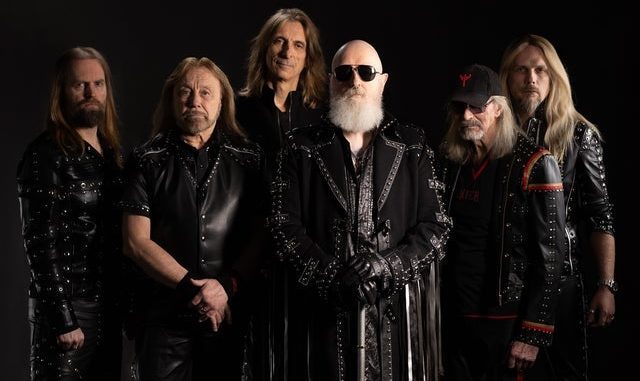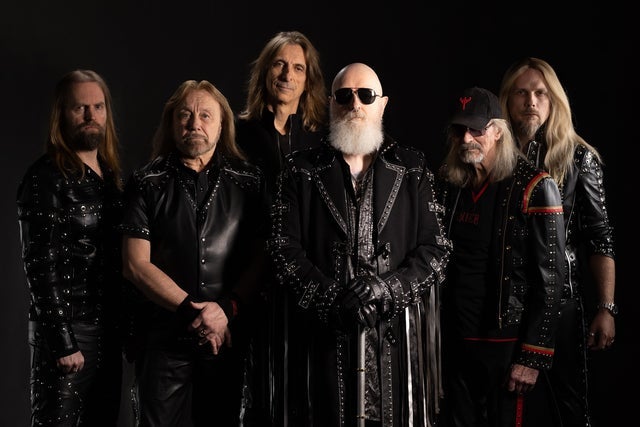
When you talk about the origin of heavy metal, one name inevitably rises above the noise, Judas Priest. Formed in Birmingham, England, in 1969, this powerhouse band not only helped shape the sound of metal but also forged its very identity, earning their legendary title: Metal Gods.

The Birth of a Legacy
The city of Birmingham, gritty, industrial, and working-class was the perfect breeding ground for what would become heavy metal. Judas Priest, named after a Bob Dylan song (“The Ballad of Frankie Lee and Judas Priest”), was originally formed by guitarist K.K. Downing and bassist Ian Hill. The early line-up changed often, but the turning point came with the arrival of Rob Halford, a vocalist whose operatic range and commanding presence would soon become iconic.
By the mid-1970s, with albums like Sad Wings of Destiny (1976) and Sin After Sin (1977), Judas Priest had found their stride tight riffing, double lead guitar attacks, and dark, mythic themes. They began laying the foundation for what would become the definitive heavy metal sound.
The Rise of the Metal Gods
With the release of Hell Bent for Leather (known as Killing Machine in the UK) in 1978, the band solidified both their sonic and visual style, leather, studs, motorcycles, and a rebellious attitude. These elements became synonymous with heavy metal culture.
In the 1980s, Judas Priest soared to global dominance. Albums like British Steel (1980), Screaming for Vengeance (1982), and Defenders of the Faith (1984) featured some of their biggest hits, “Breaking the Law,” “Living After Midnight,” and “You’ve Got Another Thing Comin’.” Their sound was sharper, faster, and more aggressive, making them leaders in the emerging wave of British heavy metal.
Trials and Triumphs
Judas Priest’s career wasn’t without challenges. In 1992, Rob Halford left the band, seeking new creative outlets. His departure was followed by a period of uncertainty, with Tim “Ripper” Owens stepping in as frontman for two albums. While Owens was a capable vocalist, the magic of the original line-up was missed.
In 2003, the metal world roared with approval when Halford returned. The reunion led to Angel of Retribution (2005), a triumphant return to form, followed by the conceptual metal opera Nostradamus (2008).
Firepower and Final Tours
Even decades into their career, Judas Priest showed no signs of slowing. In 2018, they released Firepower, a critically acclaimed album that many hailed as one of their best. With producer Andy Sneap stepping in to assist on guitar after Glenn Tipton’s Parkinson’s diagnosis, the band launched massive world tours that proved the fire still burned brightly.
Though they announced a farewell tour years ago, Judas Priest remains active, regularly performing for packed arenas around the world. Their live shows are a celebration of everything metal stands for: power, rebellion, and unity.
Legacy of the Metal Gods
Judas Priest were inducted into the Rock & Roll Hall of Fame in 2022, a long-overdue honor that validated their influence on generations of metal bands from Metallica to Iron Maiden to Pantera.
But perhaps their greatest legacy is their unwavering dedication to the genre they helped define. They gave metal a look, a voice, and a sound forever earning their place as true Metal Gods.
Judas Priest didn’t just play metal, they lived it, defined it, and passed it on. And as long as fans raise their horns, the Metal Gods will never die.
Leave a Reply